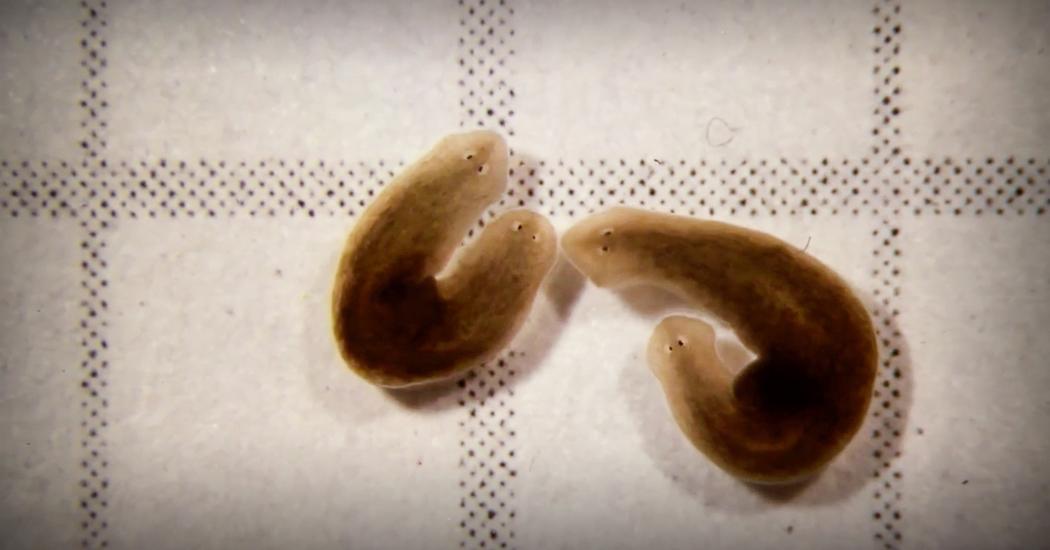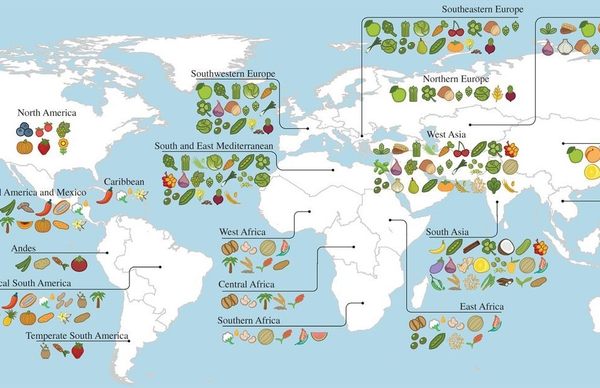
Michael Levin: The electrical blueprints that orchestrate life | TED Talk Subtitles and Transcript | TED
Chris Anderson: Mike, welcome. It's good to see you. I'm excited for this conversation.
CA: So, most of us have this mental model in biology that DNA is a property of every living thing, that it is kind of the software that builds the hardware of our body. That's how a lot of us think about this. That model leaves too many deep mysteries. Can you share with us some of those mysteries and also what tadpoles have to do with it?
ML: Sure. Yeah. I'd like to give you another perspective on this problem. One of the things that DNA does is specify the hardware of each cell. So the DNA tells every cell what proteins it's supposed to have. And so when you have tadpoles, for example, you see the kind of thing that most people think is sort of a progressive unrolling of the genome. Specific genes turn on and off, and a tadpole, as it becomes a frog, has to rearrange its face. So the eyes, the nostrils, the jaws — everything has to move. And one way to think about it used to be that, well, you have a sort of hardwired set of movements where all of these things move around and then you get your frog. But actually, a few years ago, we found a pretty amazing phenomenon, which is that if you make so-called "Picasso frogs" — these are tadpoles where the jaws might be off to the side, the eyes are up here, the nostrils are moved, so everything is shifted — these tadpoles make largely normal frog faces. Now, this is amazing, because all of the organs start off in abnormal positions, and yet they still end up making a pretty good frog face. And so what it turns out is that this system, like many living systems, is not a hardwired set of movements, but actually works to reduce the error between what's going on now and what it knows is a correct frog face configuration.
This kind of decision-making that involves flexible responses to new circumstances, in other contexts, we would call this intelligence. And so what we need to understand now is not only the mechanisms by which these cells execute their movements and gene expression and so on, but we really have to understand the information flow: How do these cells cooperate with each other to build something large and to stop building when that specific structure is created? And these kinds of computations, not just the mechanisms, but the computations of anatomical control, are the future of biology.


















